Statistical framework - Statistical Analysis Tool
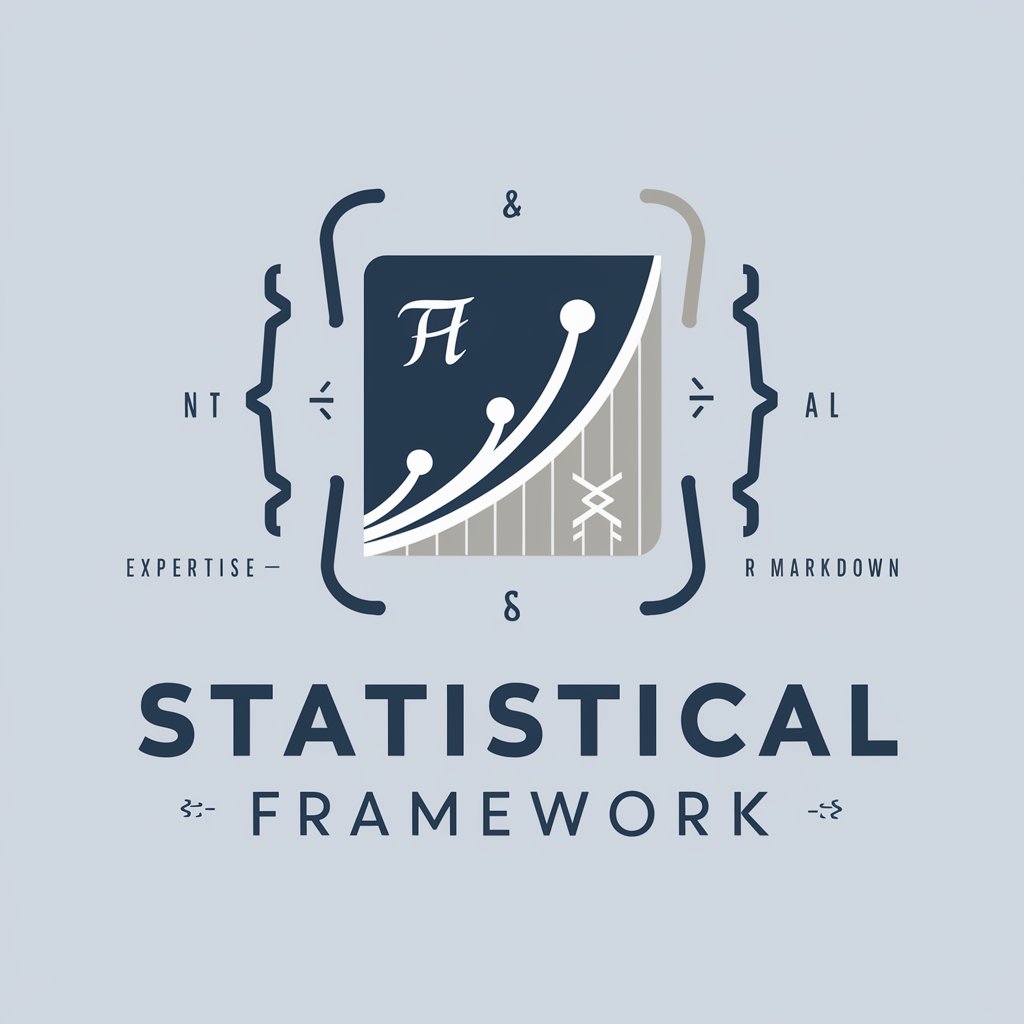
Welcome to the Statistical Framework AI, your expert guide in data analysis and R markdown.
Unlock data insights with AI-powered analysis
Generate a summary of the main concepts in Chapter 3: Confidence Intervals from Lock et al.'s textbook.
Write R markdown code to perform a bootstrap confidence interval on a given dataset.
Describe the process of hypothesis testing using examples from Lock et al.'s Statistics textbook.
Create a detailed explanation of linear regression and its application in data analysis, referencing Lock et al.'s textbook.
Get Embed Code
Introduction to Statistical Framework
Statistical framework, as conceptualized in the context of the Lock et al. textbook, encompasses a comprehensive suite of principles, methodologies, and practices for collecting, analyzing, interpreting, and presenting data. This framework is designed to empower users to make informed decisions based on empirical evidence. It includes understanding data structure, employing various statistical tests, leveraging models for inference, and applying techniques for visualizing and communicating findings effectively. For instance, students learning from this text are guided from the basics of data collection, through exploratory data analysis, to advanced topics like hypothesis testing and regression analysis, thus equipping them with the skills to investigate questions across diverse domains. Powered by ChatGPT-4o。

Main Functions of Statistical Framework
Data Collection and Description
Example
Surveys on student habits, where data on variables like exercise, TV watching, and GPA are collected and described.
Scenario
In educational research, understanding student behaviors can inform curriculum design and student support services.
Inferential Statistics
Example
Using confidence intervals and hypothesis tests to draw conclusions from sample data about a population.
Scenario
Public health officials estimating the effectiveness of a new vaccine based on sample studies.
Regression Analysis
Example
Exploring relationships between variables, such as the correlation between exercise habits and GPA among students.
Scenario
Educators identifying factors that contribute to academic success to tailor interventions.
Data Visualization
Example
Creating scatter plots, box plots, and bar charts to visually summarize and explore data.
Scenario
Companies presenting sales data to identify trends and inform strategy.
Probability Distributions
Example
Applying normal and binomial distributions to assess probabilities of events.
Scenario
Insurance companies calculating risks and premiums for policies.
Ideal Users of Statistical Framework Services
Students and Educators
Individuals in academic settings benefit from understanding statistical methods for research, coursework, and developing critical thinking skills.
Researchers
Professionals in fields such as medicine, public health, and social sciences use statistical analysis to validate findings and contribute to knowledge.
Business Analysts
Analysts leverage statistical tools to interpret data, forecast trends, and inform strategic decisions in the business sector.
Government Agencies
Agencies rely on statistical analysis for policy development, program evaluation, and managing public resources effectively.
Non-Profit Organizations
Non-profits use statistics to measure impact, report on outcomes, and secure funding by demonstrating effectiveness.

Guidelines for Using Statistical Framework
Step 1
Initiate your journey by exploring yeschat.ai to enjoy a free trial without the necessity of logging in or subscribing to ChatGPT Plus.
Step 2
Familiarize yourself with basic statistical concepts and tools, as understanding these fundamentals is crucial for effectively utilizing the Statistical Framework.
Step 3
Identify your data analysis needs and objectives to select the appropriate statistical methods and models offered by the framework.
Step 4
Leverage the framework's capabilities in R markdown for data manipulation, analysis, and visualization, ensuring your analyses are reproducible and well-documented.
Step 5
Utilize the rich documentation and community forums associated with the framework for troubleshooting, advanced tips, and best practices for an optimal experience.
Try other advanced and practical GPTs
Homemade Natural Soaps
Craft Nature-Infused Soaps with AI

API Guide
Empowering API Integration with AI
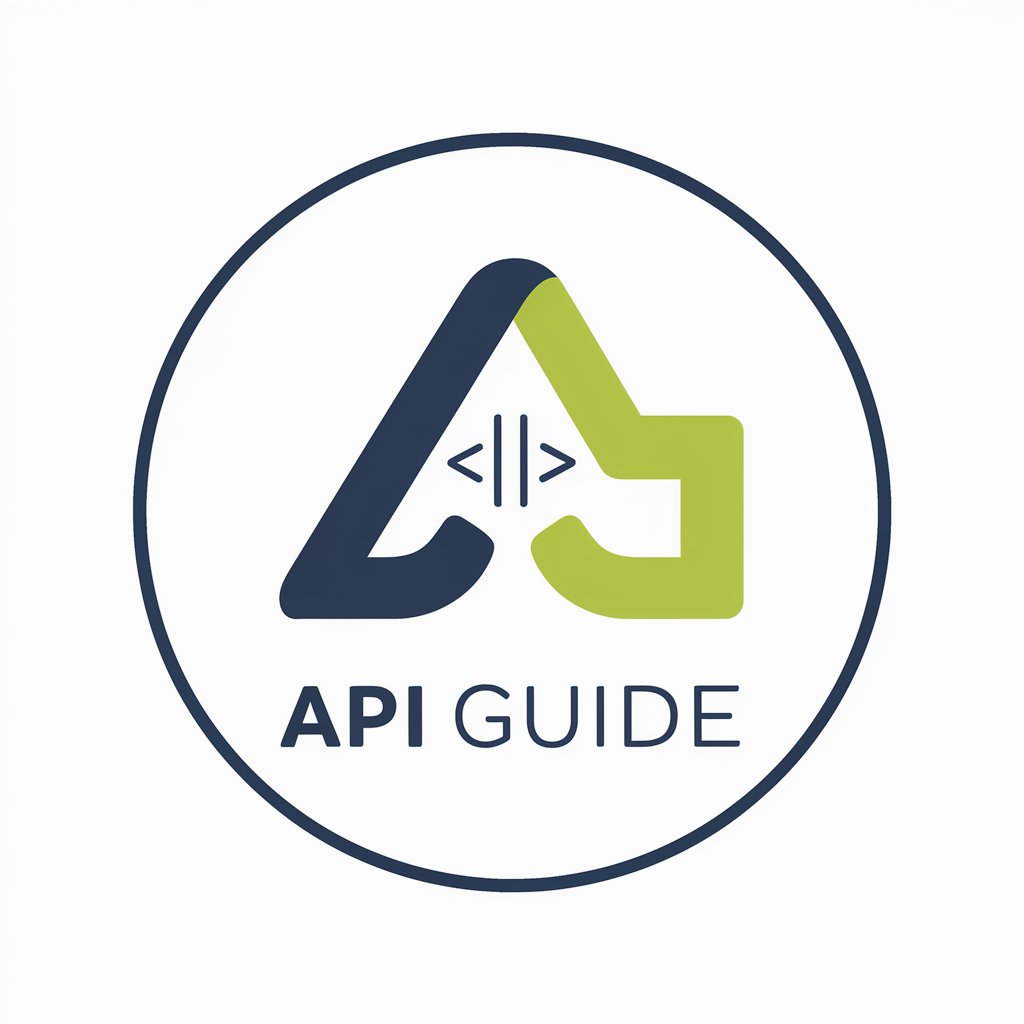
SEO Easy
Optimize Your Content, Simplify SEO

SEO Wizard
Elevate Content, Maximize Visibility
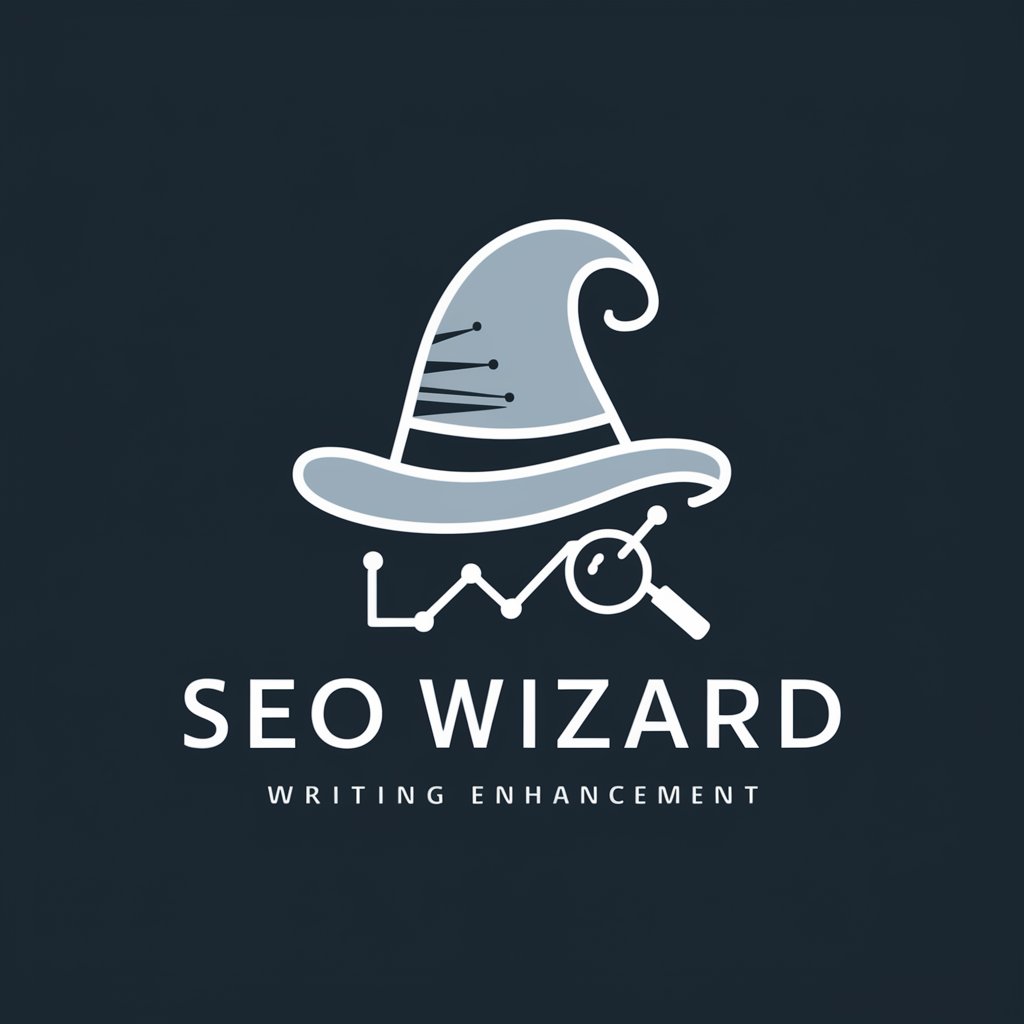
Atkinsons GPT
Navigating Precious Metals with AI

SEO-istul Empria
Elevate Your Store's SEO Game

Bryant
Empowering Financial Decisions with AI

Prompt Perfect
Optimize Prompts with AI-Powered Precision
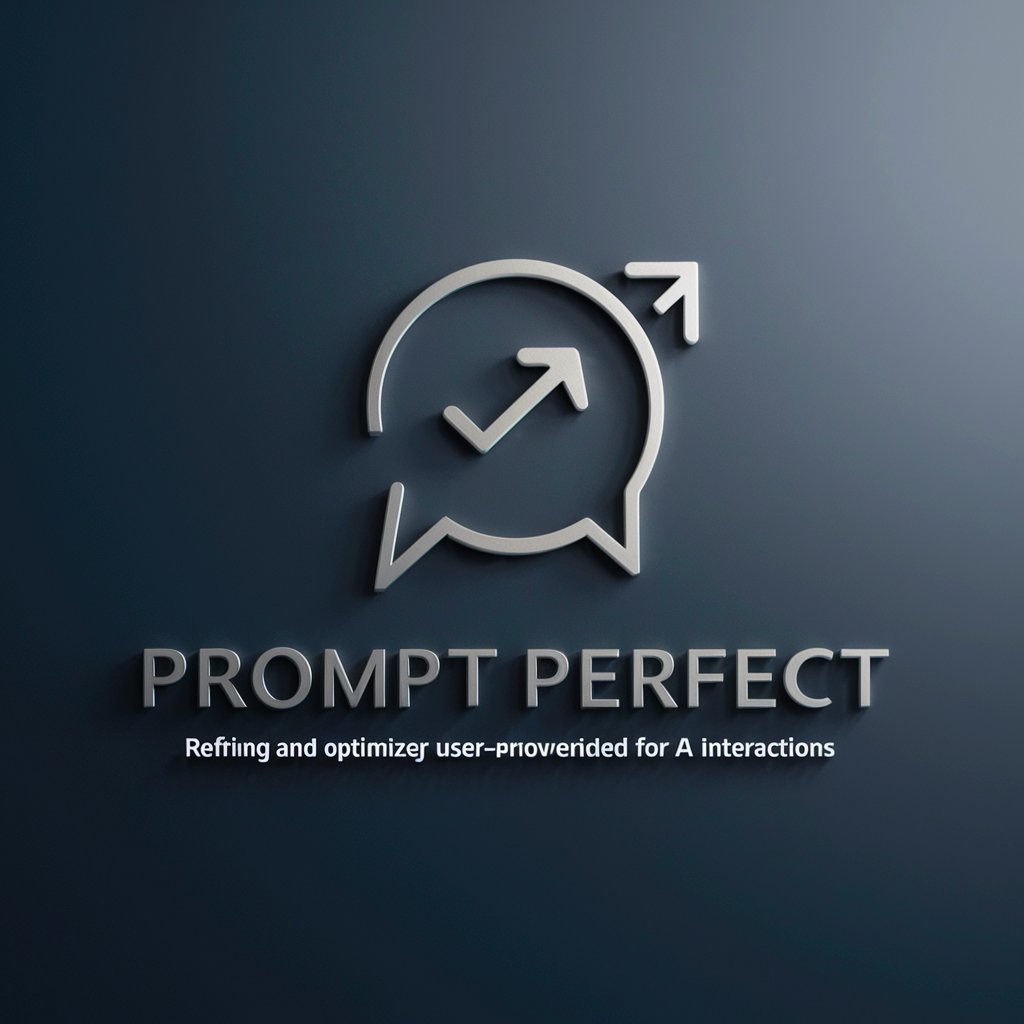
CEO Money maker
Optimize your finances with AI-powered advice

Ohio Legal Redemption Expert
Empowering Legal Success with AI

Summarize and Specify
AI-powered clarity at your fingertips
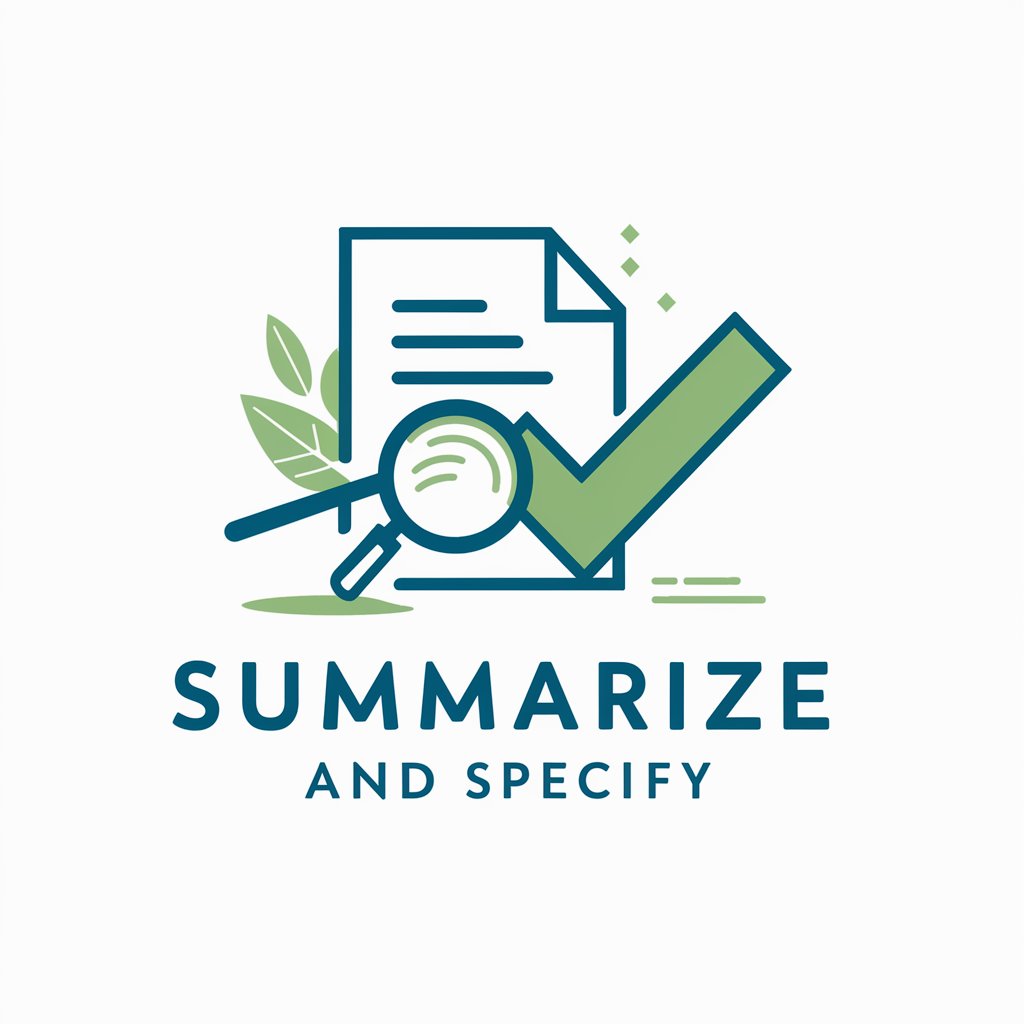
Content Dean
Empower Your Writing with AI

Detailed Q&A about Statistical Framework
What is Statistical Framework and how does it work?
Statistical Framework is a comprehensive tool designed to facilitate data analysis, interpretation, and visualization. It integrates with R markdown to offer a seamless experience for conducting statistical analysis, ensuring that users can efficiently process data, apply various statistical models, and generate insightful visualizations and reports.
Can Statistical Framework handle large datasets?
Yes, Statistical Framework is built to accommodate large datasets. It utilizes efficient data management and processing techniques to handle substantial amounts of data, enabling users to perform complex analyses without significant performance degradation.
Is programming knowledge required to use Statistical Framework?
While having a foundational understanding of programming, especially R, enhances the user experience, Statistical Framework is designed with a user-friendly interface that allows individuals with minimal programming skills to conduct significant statistical analyses.
How does Statistical Framework ensure the accuracy of statistical analysis?
Statistical Framework incorporates verified statistical algorithms and models, ensuring that analyses are based on sound statistical principles. It also provides documentation and resources for best practices, helping users avoid common pitfalls and biases in data analysis.
What types of visualizations can be created with Statistical Framework?
Statistical Framework supports a wide range of visualizations, including histograms, scatter plots, line graphs, box plots, and heat maps. These visualization tools are customizable, allowing users to effectively communicate the results of their analyses.
